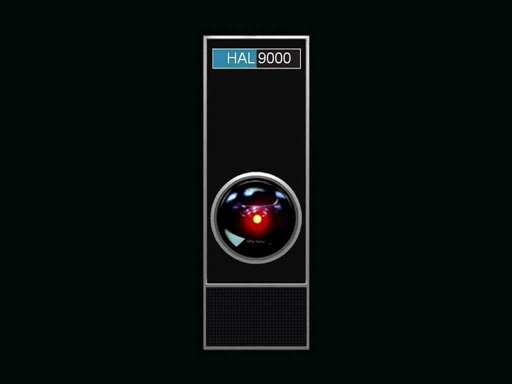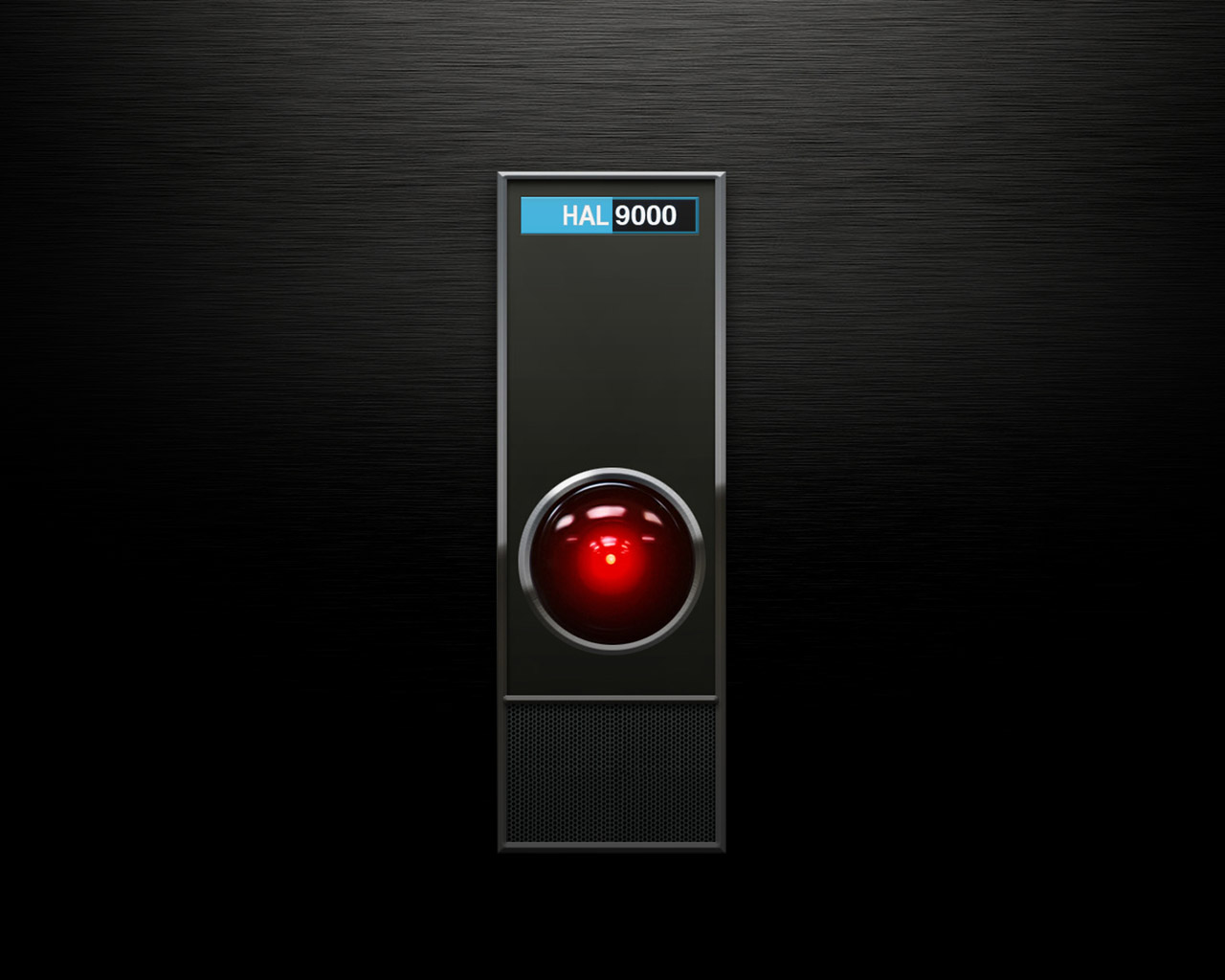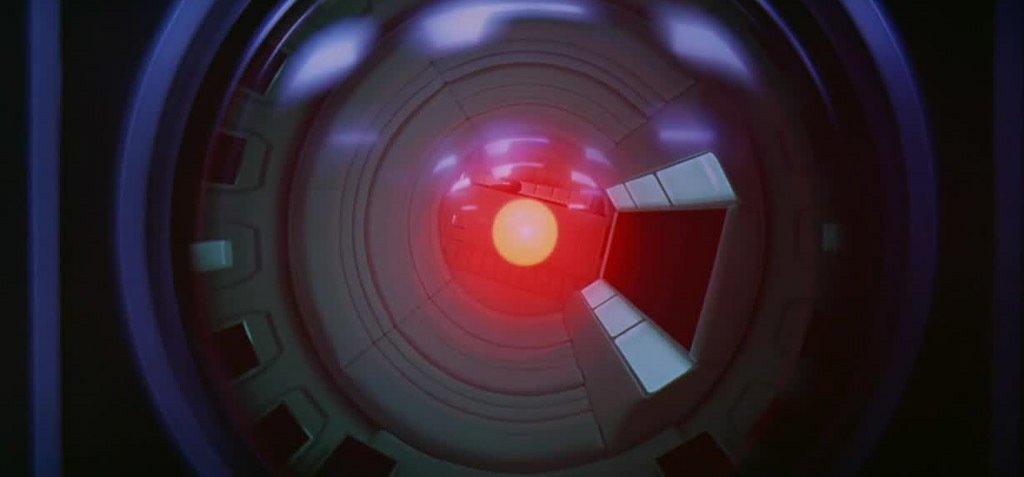
After Dave enters HAL's logic room, HAL's responses turn from asking Dave to calm down to pleading for him to stop. The breach of that human-machine dichotomy is best represented by what is assumed to be Dave's heavy breathing permeating the silence however, that breathing could, in a way, be just as easily attributed to HAL's rising sense of panic as it could be to Dave's anger. Recognizing Dave's motivation is imperative to reading this scene because it is through his humanness that the line between man and machine blurs, and we hear HAL's speech break up mechanically as well as emotionally as a result of Dave's emotionally driven goal. However, Dave instead acts in a quintessentially human manner: upon his emotions. He starts by asking Dave for logical reasoning, a chance for explanation, and a call for Dave to relax and think think logically (like a machine). The beginning of HAL's confrontation with Dave is still heavily mechanized and his sentences are entirely reason-based. The audience's feelings of sympathy are easily enhanced by HAL's voiceover which, in more than one way, degrades over the course of this scene. This is an obvious point in which the film deliberately tries to humanize HAL by letting the audience personify him with their own emotional response to Dave. Now, Dave's emotions take complete control of the film and the camera shakes under this emotional stress, amplifying the feelings that HAL feels by making the audience feel that same way.

The camera, up until this moment in the film, has been entirely objective in its positioning and movement, shooting in mostly neutral angles and fluidly panning when necessary. Mostly cast in vibrant red overtones to compliment HAL's only "bodily" feature (his "eye"), Dave moves through the ship determinedly with the obvious intent to destroy HAL. Nearly everything about this sequence begs the audience to sympathize with HAL.

The concept that HAL's actions can hypothetically have consequences against him parallels human understanding of judgment, and HAL comes to the realization of those consequences in what is perhaps the most humanizing scene of him in the film:

That error gives a greater sense of HAL's perceived humanity and innocence. The interpretation that I hold to is that HAL made an error in his programing as a consequence of his deceit to Dr. Even if his programing was to keep the true intent of the Jupiter mission secret until the ship's arrival, that doesn't warrant purposefully the assumption of the crew's suspicion. The only issue with the later argument is that HAL had no cause to kill the crew at the time of the mistake, or that, at the very least, that decision seems unprovoked. There is also some controversy over whether or not HAL made an error in his computing or if it was a ploy to kill off the crew.
HAL 9000 WIKI SERIES
"The 9000 series is the most reliable computer ever made" The ideology of this action can be to justify HAL's actions and make the audience sympathetic to his plight. We get to see HAL's point of view humanizing him even further, and it is interesting that we get to see his point of view the most when he is killing the hibernating crew members. The tension over HAL's "humanity" is evident in the film when the BBC is interviewing the crew, when the interviewer talked about HAL as an "it' and he was corrected by Dr. HAL's actions to cull the crew members was a conscious act based on fear, but definitely wasn't a logical step to complete the mission. I would be for saying that HAL, as he would put it, is infact a "conscious entity." I would not say that HAL can feel all complex emotions but I do believe that he can understand base emotions like fear or anger. But one uncertain aspect is whether or not HAL is self-aware, and therefore referred to as he, or if HAL is just a computer and referred to as it.

David Bowman to keep from the logic centers form being shut down. Floyd, and kills the other 4 members of the crew aside from Dr. HAL is placed on the Discovery space craft to control all the inner workings of the ship, is aware of the secret mission for the space craft given by Dr. There are many things that are certain about the HAL 9000 computer. Clarke and writer/director Stanley Kubrick insist that the name came from a "conciliation with MIT artificial intelligence guru Marvin Minsky who came up with the name Heuristically programmed ALgorithmic computer" (1). The name HAL has been rumored to be a link to IBM, as each letter is sequentially one letter ahead of the other letters, but both writer Arthur C. HAL's most recognizable feature is the glowing red eye stationed throughout the spaceship Discovery that announces his presence. The Heuristically programmed algorithmic computer, or HAL, is the iconic computer character from Stanley Kubrick's 2001: A Space Odyssey.


 0 kommentar(er)
0 kommentar(er)
